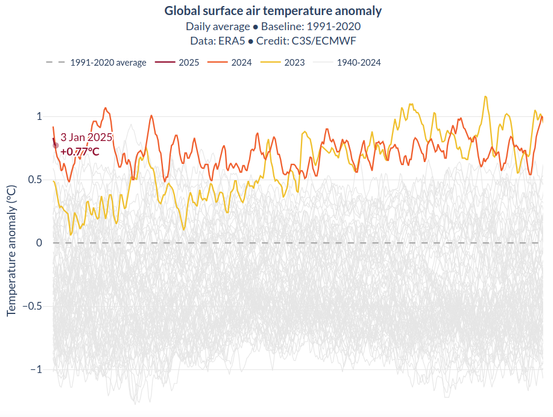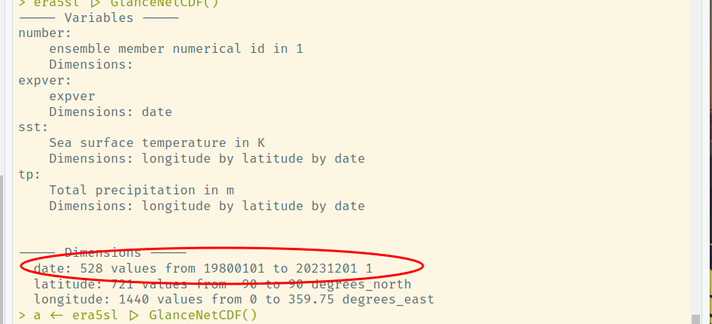Die #Klimakrise trifft die #Welt:
Der August 2025 war weltweit der drittwärmste seit Beginn der Aufzeichnungen.
Laut #Copernicus-#Klimadaten lag die globale Durchschnittstemperatur bei 16,60 °C und damit 0,49 °C über dem Schnitt von 1991–2020. Im Vergleich zum vorindustriellen Niveau beträgt der Anstieg 1,29 °C.
Besonders #Europa erlebte zwischen dem 8. und 18. August eine ausgeprägte #Hitzewelle mit deutlichen Temperaturabweichungen.


